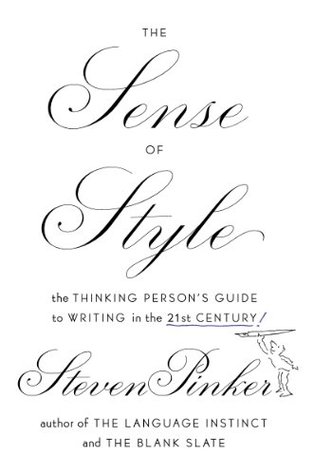as we become familiar with something, we think about it more in terms of the use we put it to and less in terms of what it looks like and what it is made of. This transition, another staple of the cognitive psychology curriculum, is called functional fixity (sometimes functional fixedness).24 In the textbook experiment, people are given a candle, a book of matches, and a box of thumbtacks, and are asked to attach the candle to the wall so that the wax won’t drip onto the floor. The solution is to dump the thumbtacks out of the box, tack the box to the wall, and stick the candle onto the box.
...more
Welcome back. Just a moment while we sign you in to your Goodreads account.


